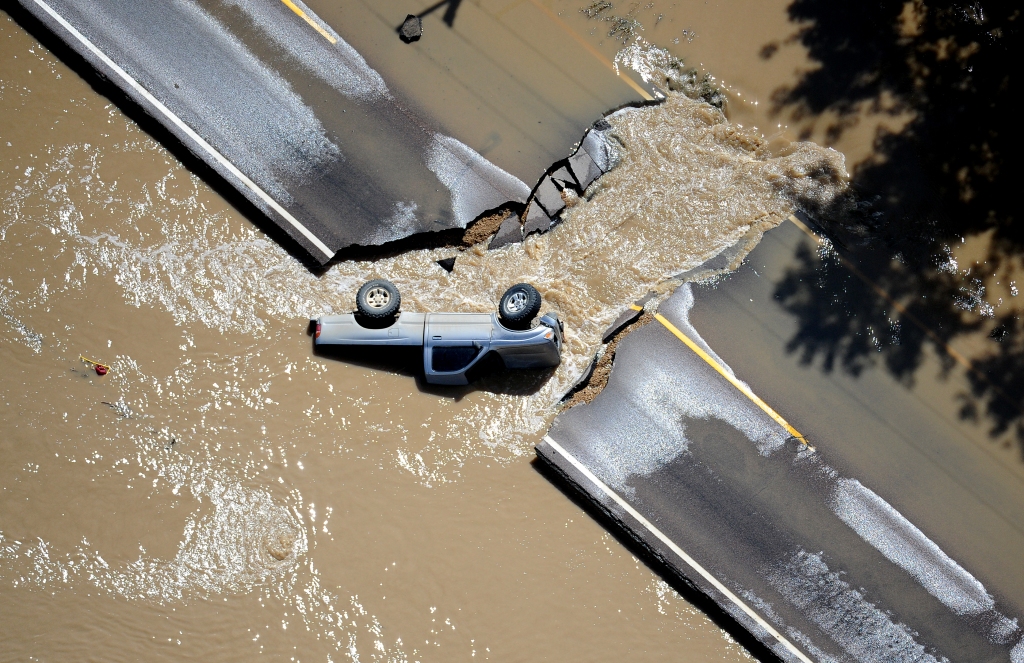New FEMA rules mean higher flood insurance rates for most Coloradans

Most people in Colorado who use the Federal Emergency Management Agency’s National Flood Insurance Program can expect to see premiums go up soon, state and national experts say.
The agency revised the way it underwrites flood risks across the country, with the changes taking effect on Oct. 1.
Existing customers with lower-valued homes have been paying too much for flood insurance, according to the agency’s website, and those with higher-valued homes have paid too little.
Carole Walker, executive director of the Rocky Mountain Insurance Association, said the rate changes will balance out that disparity and also take into account increasing flood risks as climate change worsens and wildfires lead to more flooding.
The average customer currently buying flood insurance through the NFIP pays $958 a year, said Mark Friedlander, spokesman for the Insurance Information Institute in New York City. Those in Colorado deemed “low to moderate risk” generally pay under $500 a year.
New customers’ policies will begin under the new system, Friedlander said. But existing customers won’t see a change in their rates until after April 1, 2022, assuming they renew their insurance plans.
FEMA is by far the largest flood insurance provider in Colorado and across the country, Walker said. Friedlander estimated that of the about 21,000 Coloradans that buy flood insurance through FEMA:
Representatives for FEMA declined The Post’s interview requests.
While private companies that offer flood insurance charge higher rates because they better assess that risk, Walker said, FEMA’s rates have been too low.
But also the flooding risk across Colorado is increasing, Walker added, pointing to the widespread 2013 floods as a pivot point in the state’s history. They killed 10 people, destroyed more than 1,800 homes and caused $4 billion in damage.
Foods inevitably follow in wildfires’ wake, and wildfires in Colorado are growing bigger and more frequent; the three largest in the state’s history happened in 2020.
Because the threat of floods increases due to burn scars left by wildfires, those areas are specifically included on the Colorado Flood Threat map, according to Micki Trost, spokeswoman for Colorado’s Division of Homeland Security and Emergency Management.
Colorado shattered its flash flood warning record by September 2021, with 282 warnings across the state compared to a 10-year average of about 100 warnings annually. The previous record, set in 2013, was 176 flash flood warnings.
FEMA uses flood threat maps like the state’s to assess flooding risk and set its insurance rates with its new system, Friedlander said.
“It’s very tailored to your specific risk at your specific home,” he said.
The more people who buy flood insurance, the lower the rates are likely to go, Walker noted. If you don’t have flood insurance, you end up depending on emergency grants from FEMA — cash that can take years to come through if at all, she said.
This content was originally published here.




Responses